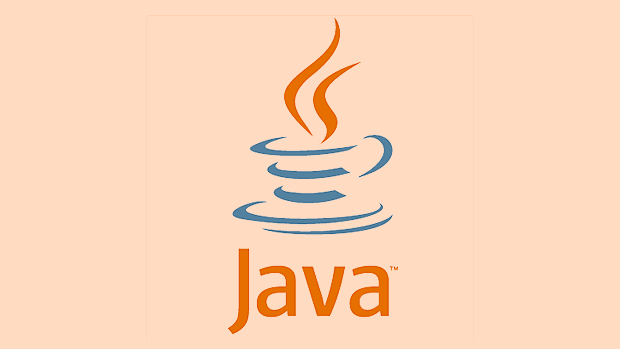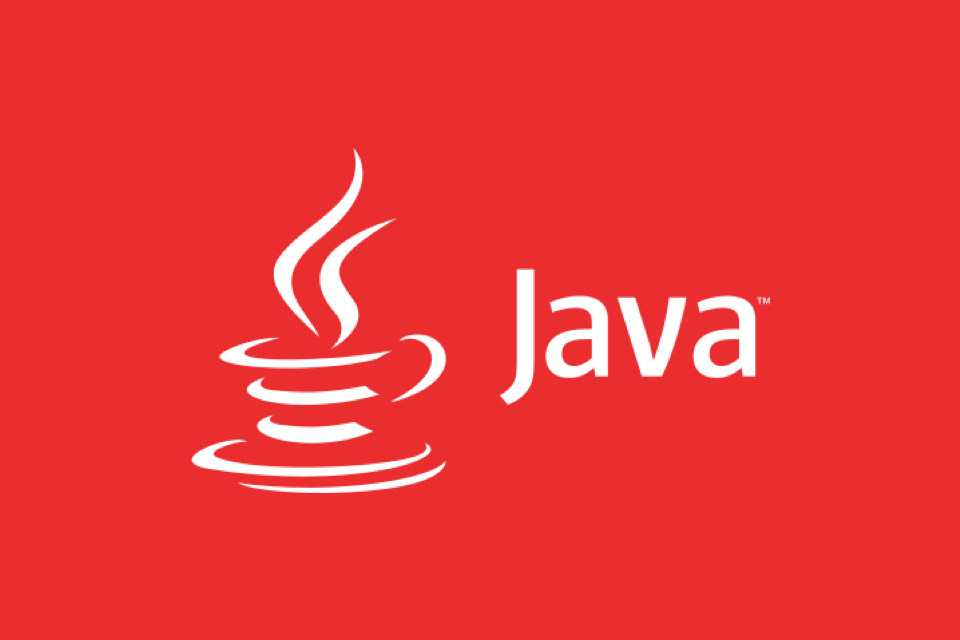Java Security Frameworks and Libraries (e.g., Keycloak)
Jul 18, 2025 am 02:59 AMKeycloak is an open source identity and access management solution, suitable for single sign-on and OAuth2/OpenID Connect authentication and authorization scenarios, suitable for applications that require a unified login system, support multiple clients, and build self-built identity centers. 1. It is out of the box and is simple to configure, suitable for internal enterprise systems or SaaS platforms; 2. Commonly used security libraries in Java, such as Spring Security, Apache Shiro, and JOSE4J, are more inclined to toolkits, suitable for fine-grained permission control or JWT custom processing; 3. In actual use, pay attention to the token validity period and refresh mechanism, cross-domain issues, log audit and dependent version updates to ensure security and system stability.

Security frameworks and libraries in the Java ecosystem, such as Keycloak, are an indispensable part of building modern applications. They help developers handle critical tasks such as authentication, authorization, and token management, making applications safer and more reliable.

The following is a few common usage scenarios to talk about how to use these tools, what are the differences, and some practical suggestions.
What is Keycloak? Where is it suitable for use?
Keycloak is an open source identity and access management solution, mainly used in single sign-on (SSO) and OAuth2/OpenID Connect-based authentication and authorization processes. It comes with a user management interface, supports social login, multi-factor authentication and other functions.

If your application requires:
- Quickly integrate unified login system
- Support multiple clients (Web, mobile, API services)
- Build your own identity center instead of relying on third parties (such as Google, GitHub)
Then Keycloak is a good choice. Its advantage is that it is out of the box and has relatively simple configuration, which is suitable for internal enterprise systems or SaaS platforms.

What are the commonly used security libraries in Java? What is the difference between it and Keycloak?
In addition to a complete identity management system like Keycloak, there are also some lightweight security libraries, such as:
- Spring Security : Suitable for Spring ecosystem, it has a powerful function but a slightly steep learning curve, and is suitable for fine-grained permission control.
- Apache Shiro : It is easier to get started than Spring Security, suitable for small and medium-sized projects, but the community activity is not as good as the former.
- JOSE4J : Focuses on JWT-related operations, suitable for scenarios where custom token generation and verification are required.
These libraries are more like "toolkits" and Keycloak is more like a "full identity server". You can use Spring Security and Keycloak together, such as using Keycloak for authentication, and Spring Security for interface-level permission control.
What details should be paid attention to in actual use?
The validity period and refresh mechanism of the token should be well designed
JWT is stateless by default and cannot be revoked halfway once issued. So you have to set a reasonable expiration time and combine it with the refresh token mechanism to reduce the risk.Don't forget to deal with cross-domain issues
If the front-end and back-end are not under the same domain name, the CORS and cookies must be set correctly, otherwise you may encounter the problem that the authentication information cannot be transmitted.Logs and audits must not be missing
Especially in enterprise-level applications, it is very important to record who logged in when and what resources were accessed.Regularly update dependent versions
Security-related components are updated frequently, and many vulnerabilities are exposed through old versions. Keeping Keycloak or Spring Security's version up-to-date is a basic but easily overlooked link.
In general, there are many options in the Java ecosystem to ensure application security. Keycloak is a solution with relatively comprehensive functions and suitable for centralized identity management. Select the right tools based on the project scale and team capabilities, and cooperate with the details to implement it, a system that is both safe and easy to maintain can be built.
Basically, there are still many things that are not complicated but are easy to ignore.
The above is the detailed content of Java Security Frameworks and Libraries (e.g., Keycloak). For more information, please follow other related articles on the PHP Chinese website!

Hot AI Tools

Undress AI Tool
Undress images for free

Undresser.AI Undress
AI-powered app for creating realistic nude photos

AI Clothes Remover
Online AI tool for removing clothes from photos.

Clothoff.io
AI clothes remover

Video Face Swap
Swap faces in any video effortlessly with our completely free AI face swap tool!

Hot Article

Hot Tools

Notepad++7.3.1
Easy-to-use and free code editor

SublimeText3 Chinese version
Chinese version, very easy to use

Zend Studio 13.0.1
Powerful PHP integrated development environment

Dreamweaver CS6
Visual web development tools

SublimeText3 Mac version
God-level code editing software (SublimeText3)
 Asynchronous Programming Techniques in Modern Java
Jul 07, 2025 am 02:24 AM
Asynchronous Programming Techniques in Modern Java
Jul 07, 2025 am 02:24 AM
Java supports asynchronous programming including the use of CompletableFuture, responsive streams (such as ProjectReactor), and virtual threads in Java19. 1.CompletableFuture improves code readability and maintenance through chain calls, and supports task orchestration and exception handling; 2. ProjectReactor provides Mono and Flux types to implement responsive programming, with backpressure mechanism and rich operators; 3. Virtual threads reduce concurrency costs, are suitable for I/O-intensive tasks, and are lighter and easier to expand than traditional platform threads. Each method has applicable scenarios, and appropriate tools should be selected according to your needs and mixed models should be avoided to maintain simplicity
 Best Practices for Using Enums in Java
Jul 07, 2025 am 02:35 AM
Best Practices for Using Enums in Java
Jul 07, 2025 am 02:35 AM
In Java, enums are suitable for representing fixed constant sets. Best practices include: 1. Use enum to represent fixed state or options to improve type safety and readability; 2. Add properties and methods to enums to enhance flexibility, such as defining fields, constructors, helper methods, etc.; 3. Use EnumMap and EnumSet to improve performance and type safety because they are more efficient based on arrays; 4. Avoid abuse of enums, such as dynamic values, frequent changes or complex logic scenarios, which should be replaced by other methods. Correct use of enum can improve code quality and reduce errors, but you need to pay attention to its applicable boundaries.
 Understanding Java NIO and Its Advantages
Jul 08, 2025 am 02:55 AM
Understanding Java NIO and Its Advantages
Jul 08, 2025 am 02:55 AM
JavaNIO is a new IOAPI introduced by Java 1.4. 1) is aimed at buffers and channels, 2) contains Buffer, Channel and Selector core components, 3) supports non-blocking mode, and 4) handles concurrent connections more efficiently than traditional IO. Its advantages are reflected in: 1) Non-blocking IO reduces thread overhead, 2) Buffer improves data transmission efficiency, 3) Selector realizes multiplexing, and 4) Memory mapping speeds up file reading and writing. Note when using: 1) The flip/clear operation of the Buffer is easy to be confused, 2) Incomplete data needs to be processed manually without blocking, 3) Selector registration must be canceled in time, 4) NIO is not suitable for all scenarios.
 How Java ClassLoaders Work Internally
Jul 06, 2025 am 02:53 AM
How Java ClassLoaders Work Internally
Jul 06, 2025 am 02:53 AM
Java's class loading mechanism is implemented through ClassLoader, and its core workflow is divided into three stages: loading, linking and initialization. During the loading phase, ClassLoader dynamically reads the bytecode of the class and creates Class objects; links include verifying the correctness of the class, allocating memory to static variables, and parsing symbol references; initialization performs static code blocks and static variable assignments. Class loading adopts the parent delegation model, and prioritizes the parent class loader to find classes, and try Bootstrap, Extension, and ApplicationClassLoader in turn to ensure that the core class library is safe and avoids duplicate loading. Developers can customize ClassLoader, such as URLClassL
 How does a HashMap work internally in Java?
Jul 15, 2025 am 03:10 AM
How does a HashMap work internally in Java?
Jul 15, 2025 am 03:10 AM
HashMap implements key-value pair storage through hash tables in Java, and its core lies in quickly positioning data locations. 1. First use the hashCode() method of the key to generate a hash value and convert it into an array index through bit operations; 2. Different objects may generate the same hash value, resulting in conflicts. At this time, the node is mounted in the form of a linked list. After JDK8, the linked list is too long (default length 8) and it will be converted to a red and black tree to improve efficiency; 3. When using a custom class as a key, the equals() and hashCode() methods must be rewritten; 4. HashMap dynamically expands capacity. When the number of elements exceeds the capacity and multiplies by the load factor (default 0.75), expand and rehash; 5. HashMap is not thread-safe, and Concu should be used in multithreaded
 Effective Use of Java Enums and Best Practices
Jul 07, 2025 am 02:43 AM
Effective Use of Java Enums and Best Practices
Jul 07, 2025 am 02:43 AM
Java enumerations not only represent constants, but can also encapsulate behavior, carry data, and implement interfaces. 1. Enumeration is a class used to define fixed instances, such as week and state, which is safer than strings or integers; 2. It can carry data and methods, such as passing values ??through constructors and providing access methods; 3. It can use switch to handle different logics, with clear structure; 4. It can implement interfaces or abstract methods to make differentiated behaviors of different enumeration values; 5. Pay attention to avoid abuse, hard-code comparison, dependence on ordinal values, and reasonably naming and serialization.
 How to handle exceptions properly in Java?
Jul 06, 2025 am 02:43 AM
How to handle exceptions properly in Java?
Jul 06, 2025 am 02:43 AM
The key to handling exceptions in Java is to catch them, handle them clearly, and not cover up problems. First, we must catch specific exception types as needed, avoid general catches, and prioritize checkedexceptions. Runtime exceptions should be judged in advance; second, we must use the log framework to record exceptions, and retry, rollback or throw based on the type; third, we must use the finally block to release resources, and recommend try-with-resources; fourth, we must reasonably define custom exceptions, inherit RuntimeException or Exception, and carry context information for easy debugging.
 What is a Singleton design pattern in Java?
Jul 09, 2025 am 01:32 AM
What is a Singleton design pattern in Java?
Jul 09, 2025 am 01:32 AM
Singleton design pattern in Java ensures that a class has only one instance and provides a global access point through private constructors and static methods, which is suitable for controlling access to shared resources. Implementation methods include: 1. Lazy loading, that is, the instance is created only when the first request is requested, which is suitable for situations where resource consumption is high and not necessarily required; 2. Thread-safe processing, ensuring that only one instance is created in a multi-threaded environment through synchronization methods or double check locking, and reducing performance impact; 3. Hungry loading, which directly initializes the instance during class loading, is suitable for lightweight objects or scenarios that can be initialized in advance; 4. Enumeration implementation, using Java enumeration to naturally support serialization, thread safety and prevent reflective attacks, is a recommended concise and reliable method. Different implementation methods can be selected according to specific needs






